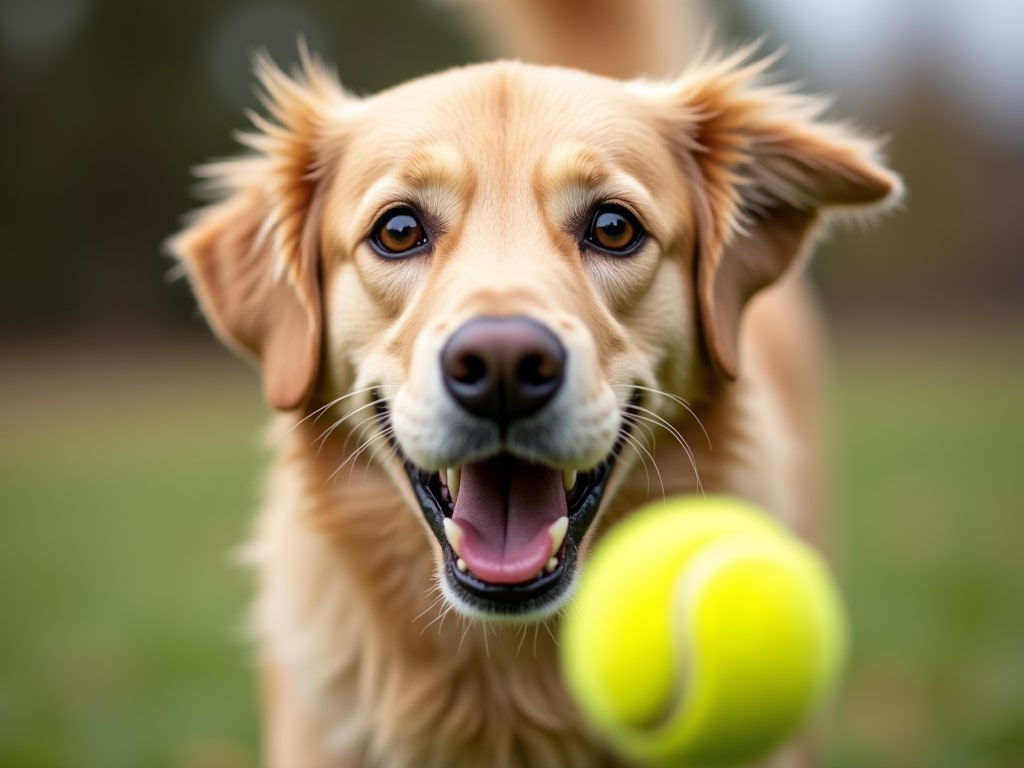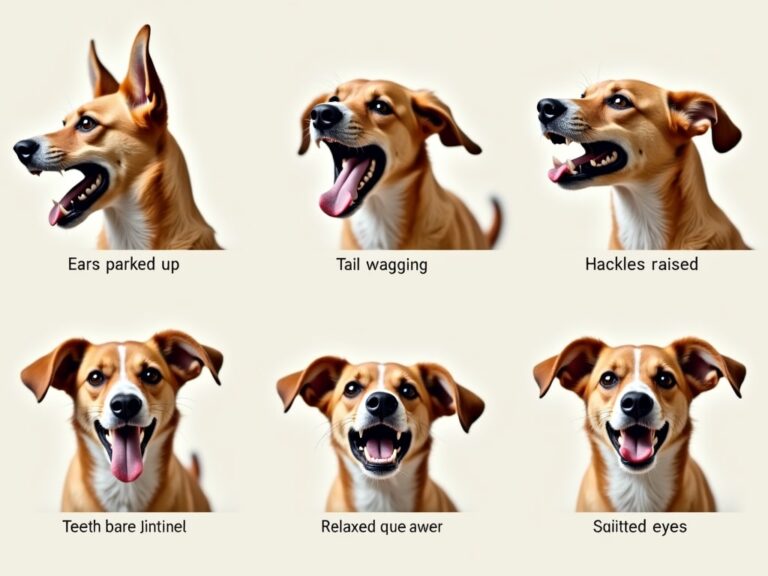The extraordinary bond between dogs and tennis balls remains one of the most captivating aspects of canine behavior. Tennis balls have become an iconic symbol of pure doggy joy, triggering an almost magical response in our four-legged friends. The fascination dogs have with tennis balls goes beyond simple play – it taps into deep-rooted instincts and psychological triggers that make these fuzzy spheres irresistible to our canine companions.
The Primal Connection: Understanding the Hunt
Dogs’ obsession with tennis balls stems from their ancestral hunting instincts. The size, texture, and unpredictable bounce of tennis balls perfectly simulate prey-like characteristics that trigger a dog’s natural chase response. This evolutionary connection explains why even domesticated dogs, far removed from their wolf ancestors, display such intense focus when pursuing these bright yellow spheres.
The combination of the ball’s fuzzy exterior and its distinctive rubber scent creates a multi-sensory experience that dogs find utterly engaging. The texture mimics animal fur, while the ball’s resilient nature allows for repeated compression in their mouths – similar to how they would handle prey in the wild. This primal satisfaction helps explain why dogs can spend hours engaging with tennis balls without losing interest.
The Psychology Behind the Obsession
Reward System and Positive Reinforcement
The relationship between dogs and tennis balls is strengthened through a sophisticated reward system in their brains. Each successful catch or retrieval releases dopamine, creating a natural high that reinforces the behavior. This chemical reward, combined with the praise and attention they receive from their human companions, creates a powerful positive feedback loop.
Tennis balls also provide dogs with a sense of accomplishment and control. The predictable yet challenging nature of chasing, catching, and retrieving balls helps satisfy their need for mental stimulation while building confidence. This psychological fulfillment explains why many dogs develop strong emotional attachments to specific tennis balls, treating them as prized possessions.
Social Bonding and Interactive Play
Tennis balls serve as catalysts for social interaction between dogs and their human companions. The shared experience of playing fetch strengthens the human-animal bond through mutual engagement and trust. This social aspect adds another layer to dogs’ fascination, as the tennis ball becomes associated with quality time spent with their favorite humans.
Physical Benefits and Exercise Motivation
The dynamic nature of tennis ball play provides dogs with excellent cardiovascular exercise and helps maintain their physical health. The quick bursts of energy required for chasing, combined with the agility needed to track and catch the ball, create a full-body workout that dogs naturally enjoy. The ball’s bouncy nature encourages varied movement patterns, helping develop coordination and spatial awareness.
Frequently Asked Questions
Q: Why do some dogs destroy tennis balls while others preserve them?
A: This behavior relates to individual personality traits and prey drive intensity. Some dogs are naturally more destructive due to higher predatory instincts, while others view the ball as a treasured toy to be preserved.
Q: Can dogs become too obsessed with tennis balls?
A: Yes, excessive fixation on tennis balls can lead to compulsive behaviors. It’s important to maintain balanced play routines and set boundaries to prevent unhealthy obsessions from developing.
Q: Are tennis balls safe for all dogs?
A: While generally safe, tennis balls can pose choking hazards for large dogs and may wear down teeth over time. Supervision during play and using appropriately sized balls is recommended.
Key Takeaways
- Tennis balls trigger ancestral hunting instincts in dogs
- The activity releases dopamine, creating natural reward systems
- Ball play strengthens the human-animal bond
- Regular tennis ball play provides excellent physical exercise
- The multi-sensory experience keeps dogs mentally engaged
- Supervised play with appropriate-sized balls ensures safety
- Individual dogs may display different levels of ball drive
The enduring appeal of tennis balls to dogs represents a fascinating intersection of instinct, psychology, and play. Understanding this connection helps us appreciate why these simple objects hold such power over our beloved pets and how we can use them responsibly to enrich their lives.

















+ There are no comments
Add yours